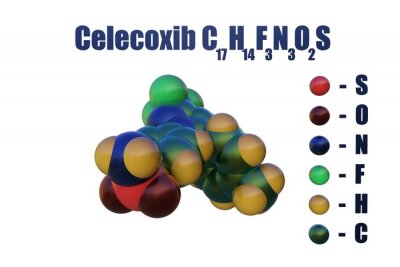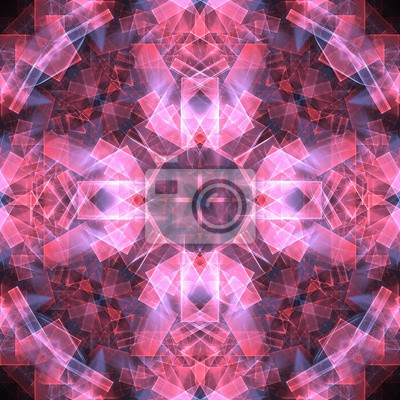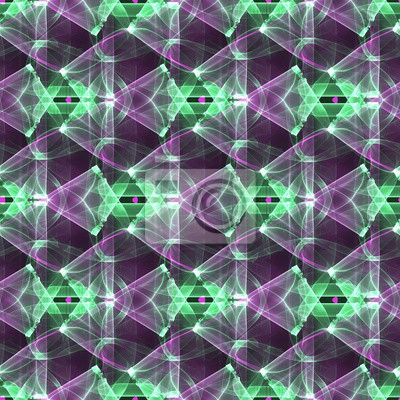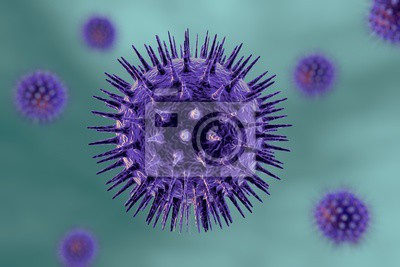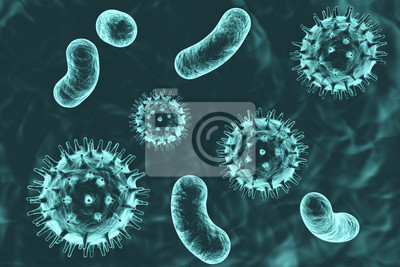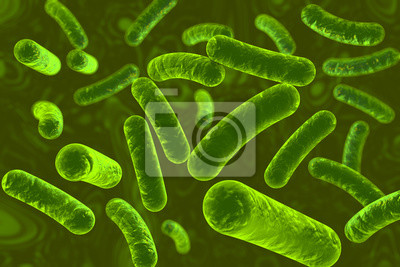
Papier peint vinyle
Le papier peint vinyle est imprimé sur un support résistant à la une surface lisse et mate.
La technologie HP Latex utilisée vous fera profiter de couleurs intenses au fil du temps.
- ✓ Résistant à la déformation et à l'étirement
- ✓ Perméable à la vapeur d'eau
- ✓ Facile à poser
- ✓ Encre HP Latex écologique
Largeur maximale des lés de papier peint : 95-105 cm. Pour les dimensions supérieures à la largeur du matériau, les impressions seront réalisées sur plusieurs lés égaux
Utilisation : murs lisses et plats
Collage: bord à bord. La colle ne s’applique que sur la surface de vos murs ce qui réduit le risque d'endommagement de votre papier peint et permet également de petites corrections afin d’ajuster la pose
Nettoyage : chiffon sec
Finition : semi-mate

Papier peint vinyle lavable
Le papier peint vinyle lavable est imprimé sur un support résistant à la une surface lisse et mate. Il est également stratifié ce qui le protège de l’humidité et autres facteurs extérieurs (éraflure, égratignure, exposition au soleil).
La technologie HP Latex utilisée vous fera profiter de couleurs intenses au fil du temps.
- ✓ Stratifié
- ✓ Résistant à l’humidité, aux éraflures, égratignures et à l’exposition au soleil
- ✓ Résistant à la déformation et à l'étirement
- ✓ Perméable à la vapeur d'eau
- ✓ Facile à poser
- ✓ Encre HP Latex écologique
Largeur maximale des lés de papier peint: 95-105 cm. Pour les dimensions supérieures à la largeur du matériau, les impressions seront réalisées sur plusieurs lés égaux
Utilisation : murs lisses et plats. Pièces avec une forte présence d’humidité (cuisine, salle de bains) ou celles dont les surfaces seraient susceptibles d’être éraflées (couloir, chambre d’enfant, hôtel, restaurant, salle de conférence, bâtiment public, école, maternelle, crèche)
Collage: bord à bord. La colle ne s’applique que sur la surface de vos murs ce qui réduit le risque d'endommagement de votre papier peint et permet également de petites corrections afin d’ajuster la pose
Nettoyage: chiffon humide
Finition: semi-mate
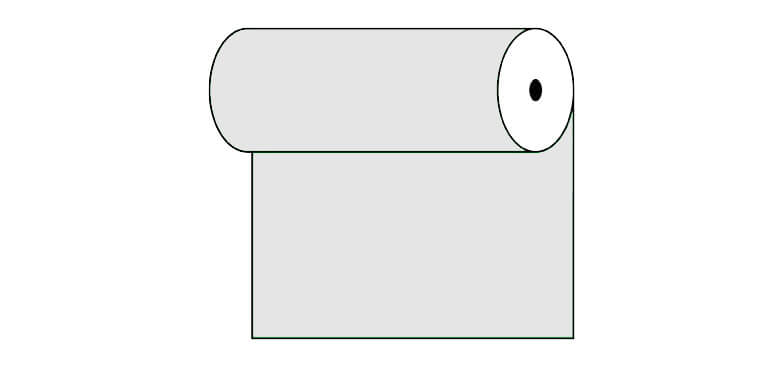
Papier peint vinyle expansé
Le papier peint vinyle est imprimé sur un support résistant à la structure « sable fin » ce qui intensifie le rendu de profondeur de l’impression. La technologie HP Latex utilisée vous fera profiter de couleurs intenses au fil du temps.
- ✓ Structure sable fin
- ✓ Résistant à la déformation et à l'étirement
- ✓ Perméable à la vapeur d'eau
- ✓ Facile à poser
- ✓ Encre HP Latex écologique
Largeur maximale des lés de papier peint: 100cm. Pour les dimensions supérieures à la largeur du matériau, les impressions seront réalisées sur plusieurs lés égaux
Utilisation : murs lisses et plats. Le papier peint photo conviendra aussi bien dans des intérieurs comme la maison mais aussi dans un restaurant, une l’école ou encore au travail dans les bureaux
Collage: bord à bord. La colle ne s’applique que sur la surface de vos murs ce qui réduit le risque d'endommagement de votre papier peint et permet également de petites corrections afin d’ajuster la pose
Nettoyage: chiffon sec
Finition: semi-mate, structure sable fin

Papier peint vinyle expansé lavable
Le papier peint vinyle est imprimé sur un support résistant à la structure «sable fin» ce qui intensifie le rendu de profondeur de l’impression. La technologie HP Latex utilisée vous fera profiter de couleurs intenses au fil du temps.
- ✓ Stratifié
- ✓ Structure sable fin
- ✓ Résistant à l’humidité, aux éraflures, égratignures et à l’exposition au soleil
- ✓ Résistant à la déformation et à l'étirement
- ✓ Perméable à la vapeur d'eau
- ✓ Facile à poser
- ✓ Encre HP Latex écologique
Largeur maximale des lés de papier peint: 100cm. Pour les dimensions supérieures à la largeur du matériau, les impressions seront réalisées sur plusieurs lés égaux
Utilisation : murs lisses et plats. Pièces avec une forte présence d’humidité (cuisine, salle de bains) ou celles dont les surfaces seraient susceptibles d’être éraflées (couloir, chambre d’enfant, hôtel, restaurant, salle de conférence, bâtiment public, école, maternelle, crèche)
Collage: bord à bord. La colle ne s’applique que sur la surface de vos murs ce qui réduit le risque d'endommagement de votre papier peint et permet également de petites corrections afin d’ajuster la pose
Nettoyage: chiffon humide
Finition: semi-mate, structure sable fin

Papier peint autocollant
Ce papier peint conviendra à différents types de pièces et de surfaces. Les papiers peints autocollants pourront décorer vos murs, vos armoires, vos vitres, vos meubles et autres surfaces lisses. La technologie HP Latex utilisée vous fera profiter de couleurs intenses au fil du temps.
- ✓ Pas besoin de colle
- ✓ Très facile à poser
- ✓ Résistant à la déformation et à l'étirement
- ✓ Perméable à la vapeur d'eau
- ✓ Encre HP Latex écologique
Largeur maximale des lés de papier peint: 133cm. Pour les dimensions supérieures à la largeur du matériau, les impressions seront réalisées sur plusieurs lés égaux
Utilisation : surfaces lisses, utilisation universelle
Collage: bord à bord
Nettoyage: chiffon humide
Finition: semi-mate
 PLN
PLN BRL
BRL CZK
CZK EUR
EUR EUR
EUR EUR
EUR EUR
EUR GBP
GBP RUB
RUB SEK
SEK USD
USD















































